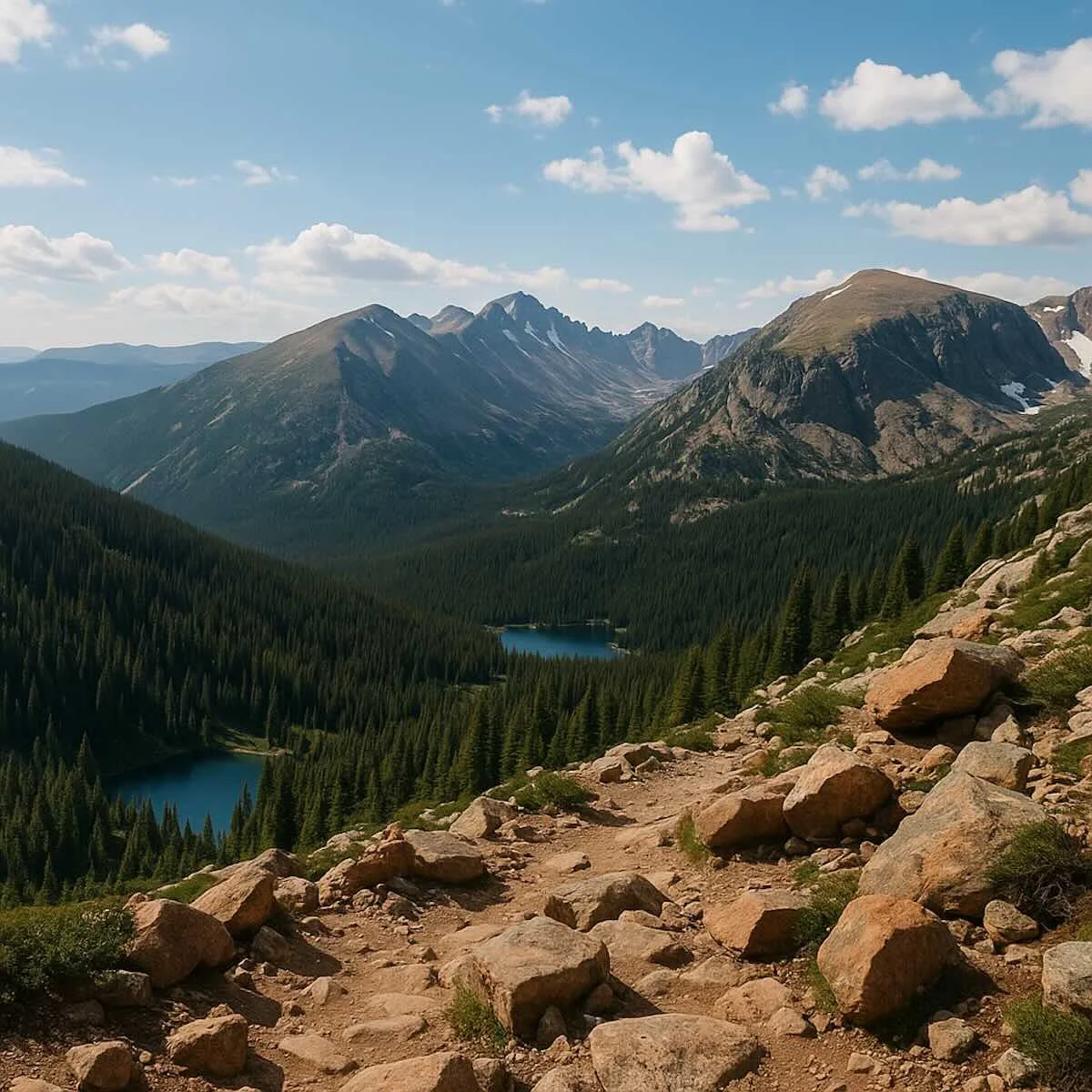How to Stay Safe in the Rocky Mountains: Essential Tips for Your Adventure
The Rocky Mountains are one of North America's most awe-inspiring natural wonders, drawing in hikers, skiers, campers, and wildlife enthusiasts year-round. Whether you're trekking through Rocky Mountain National Park, fishing in alpine lakes, or just taking in the mountain air, safety should always be a top priority. Here’s a guide on how to stay safe in the Rockies — so you can enjoy the wild without putting yourself at unnecessary risk.
1. Understand Altitude and Acclimate Gradually
High elevations in the Rockies can lead to altitude sickness — a common condition that can cause nausea, headaches, shortness of breath, and fatigue.
How to stay safe:
Spend your first day at a lower elevation before heading higher.
Hydrate constantly — aim for double your normal water intake.
Avoid alcohol or intense activity your first 24 hours.
Know the signs of altitude sickness and descend if symptoms worsen.
📍 Example: Estes Park sits at 7,500 feet; Bear Lake Trailhead is over 9,400 feet.
2. Check the Weather — And Take It Seriously
Mountain weather changes fast. A sunny day can become a thunderstorm in under an hour. Sudden snow is possible even in summer above treeline.
How to stay safe:
Always check NOAA’s Rocky Mountain weather alerts before you go.
Carry rain gear, warm layers, and emergency thermal blankets.
Start hikes early — most lightning storms happen after noon.
3. Stay on Marked Trails and Know Your Route
Getting lost is one of the most common risks in the Rockies.
How to stay safe:
Download offline trail maps from apps like AllTrails or Gaia GPS.
Bring a compass or GPS device with you.
Stick to established trails — especially in areas like Indian Peaks or RMNP where terrain can be deceptive.
4. Wildlife Is Wild — Don’t Get Too Close
Encounters with bears, moose, elk, and mountain lions are rare but serious.
How to stay safe:
Stay at least 100 yards from bears and 25 yards from all other wildlife.
Never feed animals — it’s illegal and dangerous.
Carry bear spray when hiking in remote or densely wooded areas.
Make noise while hiking to avoid surprising wildlife.
5. Pack the 10 Essentials
The National Park Service and seasoned hikers swear by these. They could save your life.
Navigation (map & compass or GPS)
Sun protection (hat, sunglasses, sunscreen)
Insulation (extra clothing)
Illumination (headlamp or flashlight)
First-aid supplies
Fire (lighter or matches)
Repair kit & tools
Nutrition (extra food)
Hydration (extra water)
Emergency shelter (space blanket or tarp)
6. Prepare for Limited Cell Service
Cell signals are spotty in many areas of the Rockies, especially on the western slopes and in national forests.
How to stay safe:
Tell someone your exact route and return time.
Consider a satellite communicator like Garmin InReach or Zoleo.
Download maps and emergency numbers beforehand.
7. Be Avalanche-Aware in Winter and Spring
If you're skiing, snowshoeing, or snowmobiling, avalanche risk is real — especially in backcountry areas.
How to stay safe:
Check the Colorado Avalanche Information Center (CAIC) daily report.
Avoid steep slopes (>30°) without avalanche training.
Carry a beacon, shovel, and probe—and know how to use them.
8. Fire Safety is Year-Round
Wildfire risk is high in dry mountain regions, especially from late spring through fall.
How to stay safe:
Obey all fire bans, even when they seem inconvenient.
Never leave a fire unattended.
Avoid smoking in wilderness areas or tossing cigarette butts.
9. Leave No Trace
Respecting the environment helps protect both nature and your fellow adventurers.
Pack out all trash (even food waste).
Don’t disturb rocks, plants, or animals.
Stay on trails to prevent erosion.
Final Thought: Safety Is What Makes the Adventure Worth It
The Rocky Mountains offer unforgettable experiences — but they also demand preparation and respect. Whether you're camping under the stars, summiting a 14er, or relaxing in a mountain town, taking a few safety steps helps ensure your time in the Rockies is memorable for all the right reasons.


